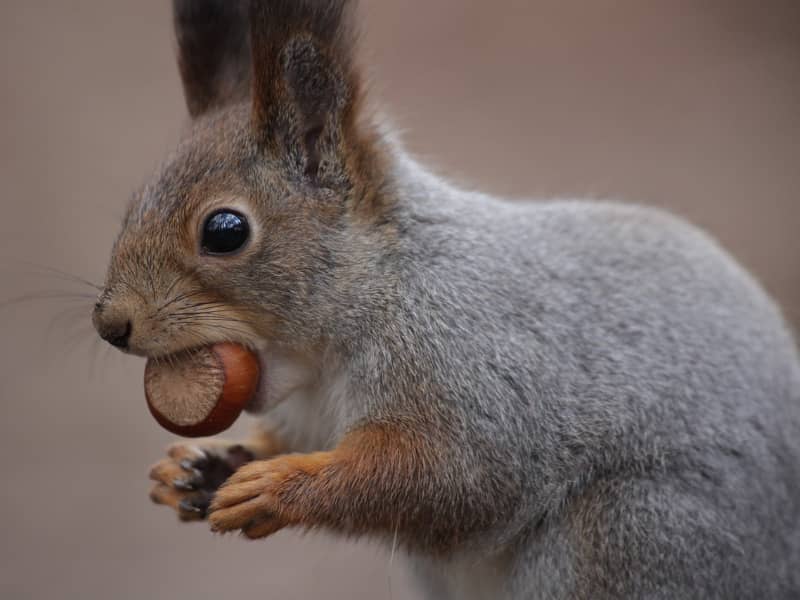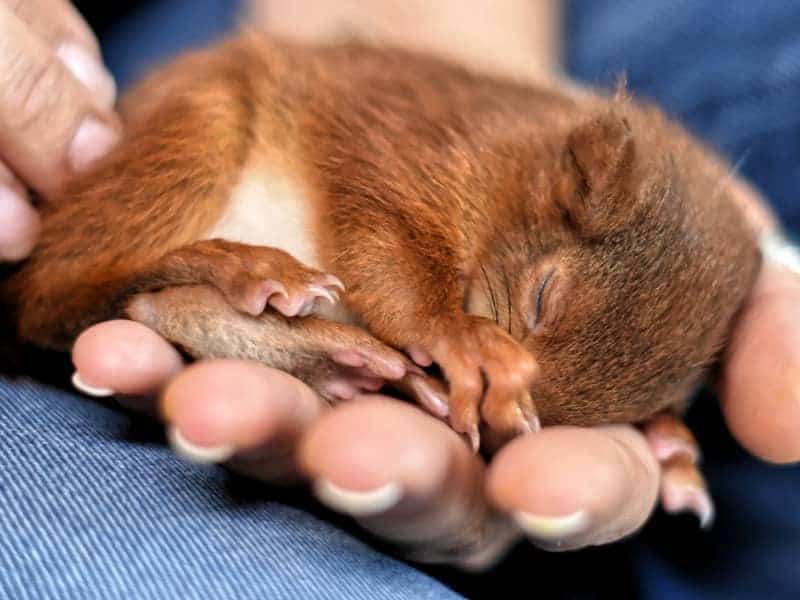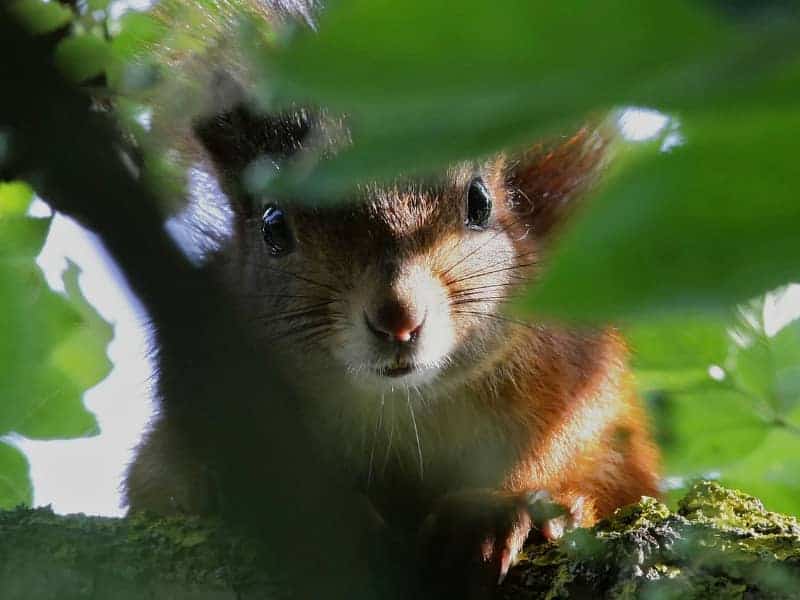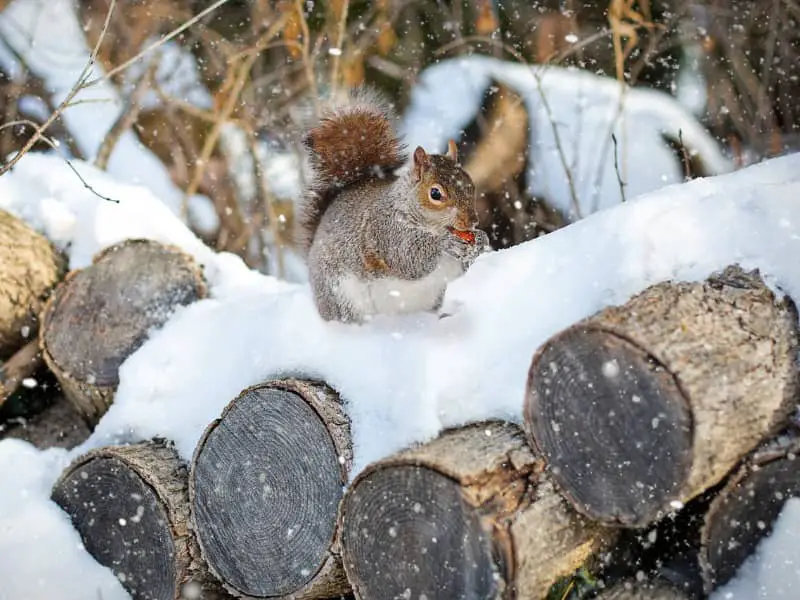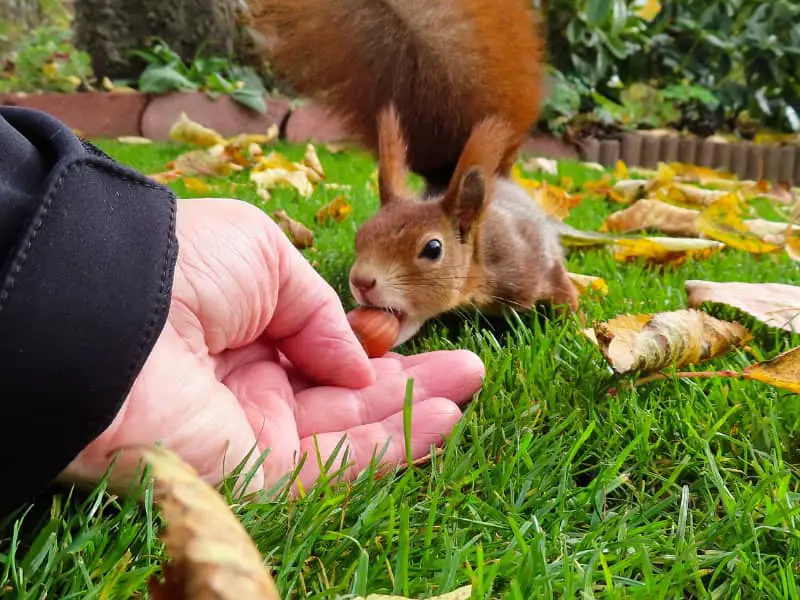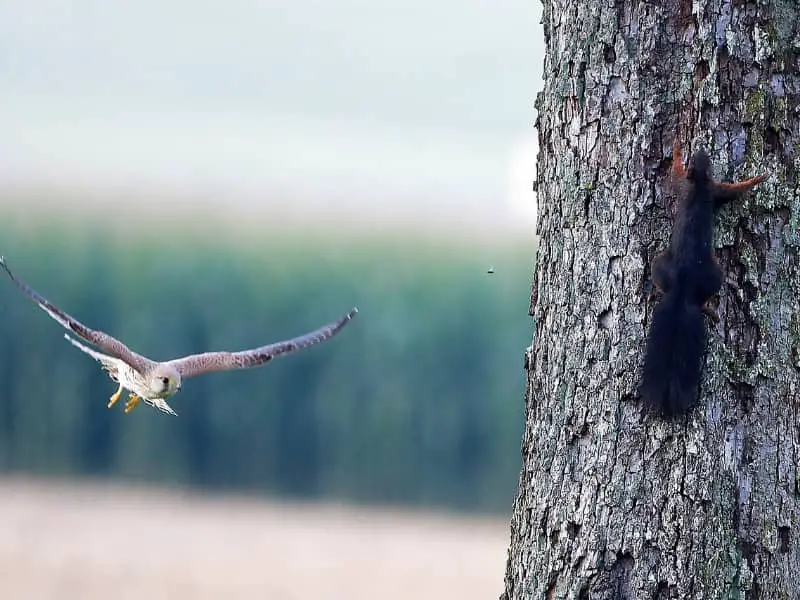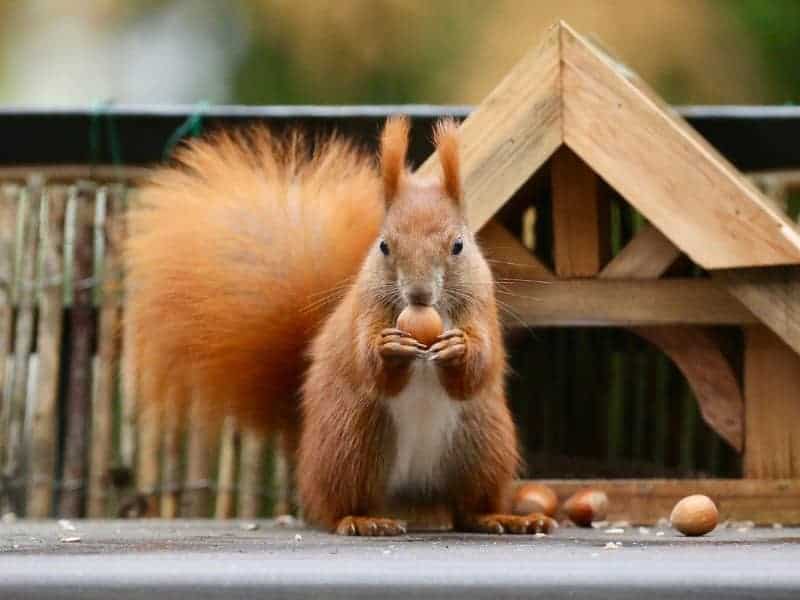
Feeding station squirrel
There are a few things you should keep in mind when setting up a squirrel feeder. You can ensure that squirrels come to your garden, terrace or balcony. In the following we would like to show you which food belongs in the feeder and how to fix the feeder.
Feeding squirrels - that's why they are important
Especially in winter, the natural food resources for the squirrel are limited. You can help the small rodents with a feeding station for squirrels. Especially in winter, the animals have a higher demand for energy due to the low temperatures. If there is not enough food available for them, this can be dangerous for squirrels. This is especially true in residential areas and in the city. Not only do the animals have fewer options here, but the frozen ground does not allow them to reach their supplies.
Where is the best place for the feeder?
You should place the feeding station for squirrels as high as possible. Their innate flight behavior allows them to escape from their natural enemies. If, on the other hand, you place the feeding station close to the ground, you expose the rodents to increased danger from cats and the like.
What must be considered for the feeding station?
When feeding squirrels, you need to consider a few important things:
- Cleaning - To prevent the squirrels from getting mold and diseases, you need to clean the feeder regularly. This means that you must also remove the feces of the animals, if this seems necessary. According to WWF, it is very practical to line the bottom of the feed house with newspaper. The change goes to you quickly from the hand.
- Roofing - So that the food in the house does not get wet and thus moldy, the feeding place for squirrels should have a roof. Incidentally, the roof also serves as protection from enemies from the air.
- Height - Optimal are tree trunks or other means of attachment that protect the squirrels from fines on the ground.
Very often you will find squirrels also in large birdhouses. They then share the offered food with the native birds.
What goes into the squirrel feeder?
When feeding, you should take into account the feeding habits of squirrels in nature. In addition to nuts, you can also put seeds and various cones in the feeder. Avoid peanuts and almonds. The latter contain dangerous prussic acid. This is deadly for the small rodents.
Even though squirrels love fruits and vegetables, you should feed them wisely. Check the contents of the feeder regularly so that fruits and vegetables do not become moldy. You can offer squirrels apple pieces, grapes and carrot pieces. The little rodents also love dried, unsweetened rusks.
If young animals come to the feeding place for squirrels, then you must feed nuts without shells. The little ones can not yet crack the shells.
This is what the perfect squirrel food looks like:
- Hazelnuts
- Walnuts
- Dried corn
- Sunflower seeds
- Pumpkin seeds
- Raisins
- Carrots
- Apple pieces
- Grapes
- Rusk
How to attract squirrels
You can meet squirrels practically all over Germany. With a few tricks you can attract them specifically.
- Set up a feeding station.
- Provide squirrels with opportunities to nest, such as with a hutch.
- Plant suitable food plants if possible.
- Offer the animals enough space to play and hide.
- Keep quiet and do not scare the squirrels.
Author

-
Garden animal - A life with nature
Welcome to my animal blog! My name is Dirk and I am happy to take you on my journey through the fascinating world of animals and gardening.
Born 54 years ago, I have had an insatiable curiosity for the animal world around me since childhood. Although I have moved professionally in other industries, my true passion has always been animals and nature. It is remarkable how a small garden has become such an important part of my life.
Many of my fondest memories are associated with the animals that share our home. Whether it's the curious squirrels that scurry across the trees in the morning, the colorful variety of birds that visit our feeders, or the busy bees and butterflies that pollinate our flowers, every moment with them is invaluable to me.
This blog is my contribution to share my experiences, discoveries and insights with like-minded people. Here I will share stories of unforgettable encounters with animals, give tips on gardening and creating wildlife-friendly habitats, and take you on my journeys through nature.
Thank you so much for being here!
Cordial,
Dirk aka garden animal
Last posts
- 27. February 2024PetsVeganes Hundefutter – Grün und Gesund?
- 18. January 2024ChickensOregano für Hühner
- November 27, 2023HamsterDiurnal hamsters
- November 24, 2023HamsterHamster hammock

